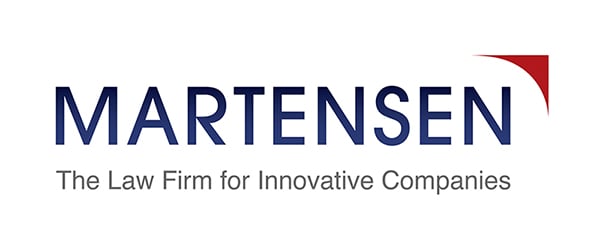Leveraging SBIR/STTR Funding to Enhance Your IP Portfolio
Securing funding and protecting intellectual property (IP) are two critical challenges faced by startups and small businesses. Fortunately, the Small Business Innovation Research (SBIR) and Small Business Technology Transfer (STTR) programs provide unique opportunities to address both. By leveraging these programs, businesses can enhance their IP portfolios while advancing their technological innovations.
Understanding SBIR/STTR Programs
The SBIR and STTR programs are competitive, government-funded initiatives designed to support small businesses in the development and commercialization of innovative technologies. They provide non-dilutive capital, meaning businesses do not have to give up equity to receive funding. This makes these programs particularly attractive for startups and small businesses looking to grow without sacrificing ownership.
- SBIR: Focuses on small businesses independently conducting research and development (R&D)
- STTR: Requires collaboration with a non-profit research institution, fostering partnerships between small businesses and research entities
Benefits of SBIR/STTR Funding for IP Development
- Financial Support for R&D: SBIR/STTR grants provide the financial resources needed to conduct extensive R&D. This can lead to the development of novel technologies, processes, or products that can be patented or otherwise protected.
- Freedom to Innovate: Unlike venture capital, which often comes with strings attached, SBIR/STTR funding allows businesses to focus on their research goals without external pressures to deliver rapid returns. This freedom can foster more groundbreaking innovations.
- Enhanced Credibility: Receiving SBIR/STTR awards can enhance a company's credibility, making it easier to attract additional funding, partners, and customers. A strong IP portfolio further boosts this credibility, positioning the company as a leader in its field.
- Government Contracting Opportunities: Winning SBIR/STTR grants can open doors to lucrative government contracts. As these contracts often include clauses related to IP rights, businesses can secure government-funded patents or licenses.
Strategic Steps to Enhance Your IP Portfolio
- Identify IP Potential Early: During the proposal phase, identify aspects of your project that have IP potential. This could be a novel technology, unique process, or innovative product. Consider conducting a preliminary patent search to ensure your idea is truly unique. Draft your proposal deliverables carefully with an IP strategy in mind.
- Allocate Funds for IP Protection: Budget a portion of your SBIR/STTR funding for IP protection. This includes patent filing fees, legal costs, and potential licensing expenses. Early allocation ensures you have the resources needed to secure your IP. Explore TABA (Technical and Business Assistance) opportunities as a way to get funding over and above their SBIR/STTR awards to contract with vendors and consultants including IP firms allowing the small businesses to stay focused on research and development while a vendor helps shape their IP strategy.
- Collaborate with IP Experts: Engage with IP attorneys or consultants who specialize in your industry. Their expertise can guide you through the complexities of patent applications, trade secrets, and other forms of IP protection as it applies to the government contracting workspace.
- Explore Commercialization Opportunities: Use the later phases of SBIR/STTR funding (Phase II and III) to develop and market your innovations. Establishing a robust IP portfolio can attract investors and partners, facilitating the transition from R&D to commercialization.
Balancing Data Rights and Patents
Navigating the interplay between data rights and patents is crucial when leveraging SBIR/STTR funding. Ensure you understand the data rights associated with your SBIR/STTR contract, including any limitations on the use or disclosure of your research data. Balancing these rights with your patent strategy can maximize your IP protection and commercialization potential.



